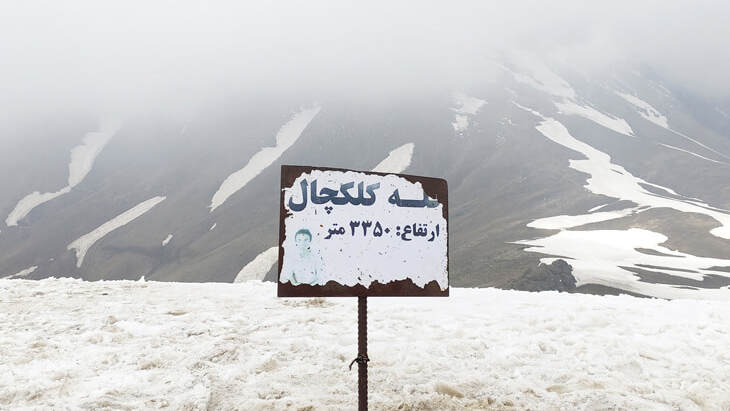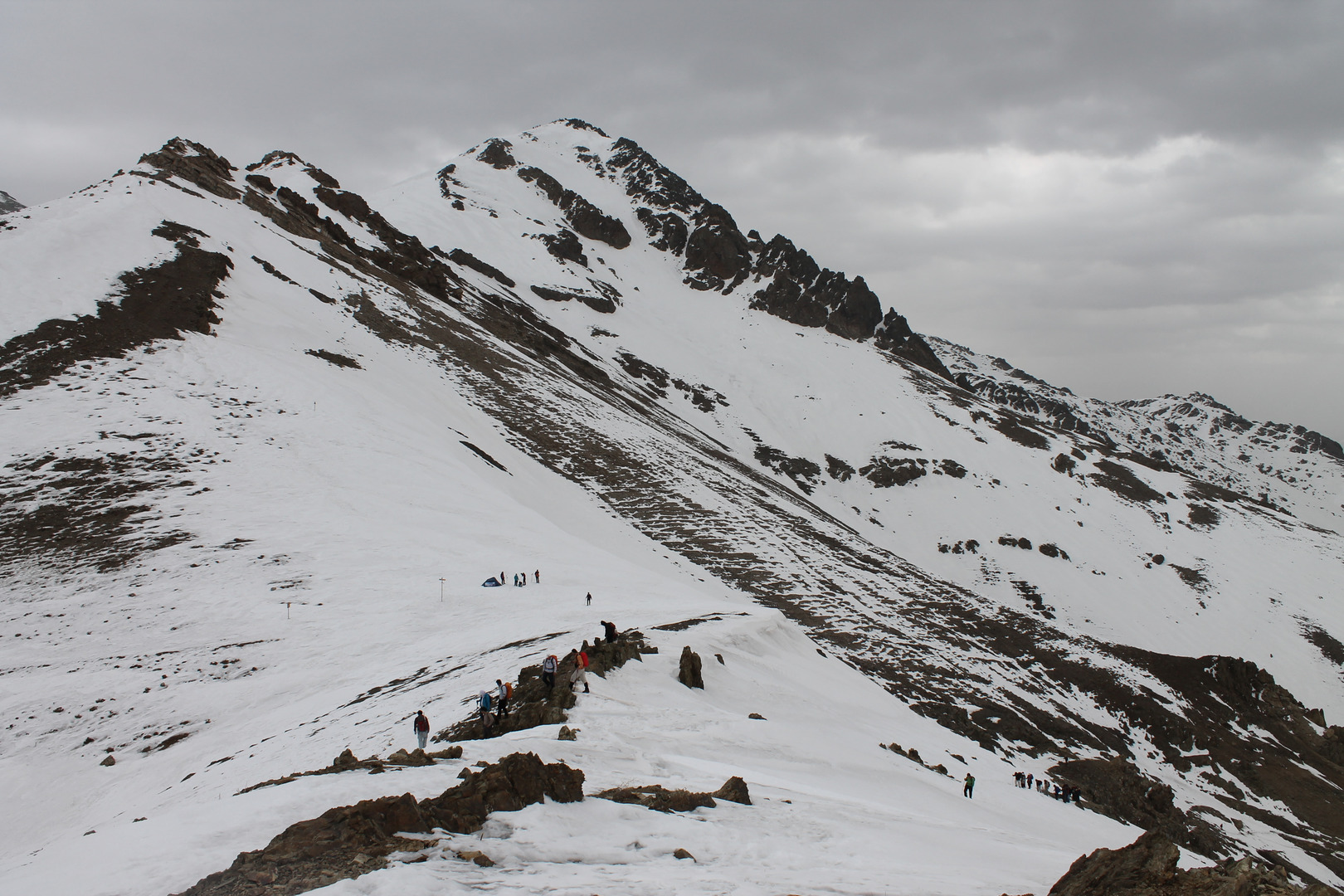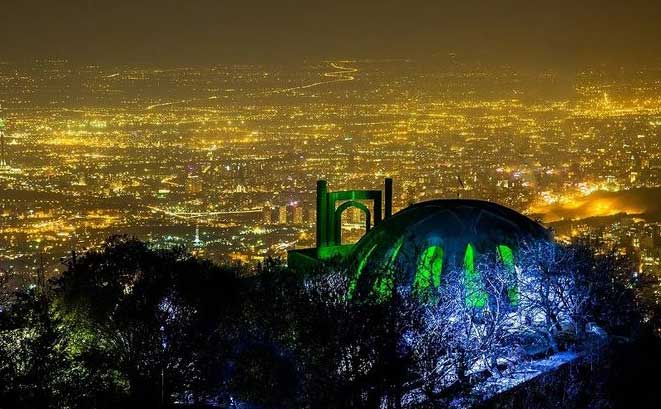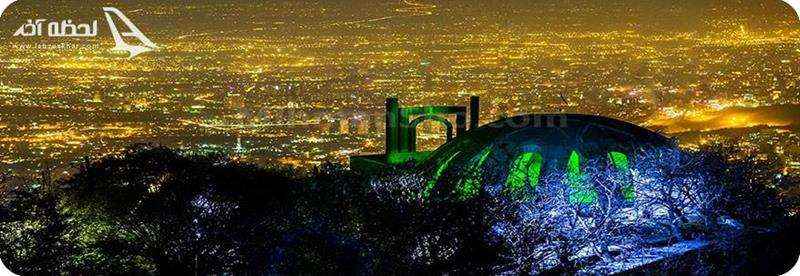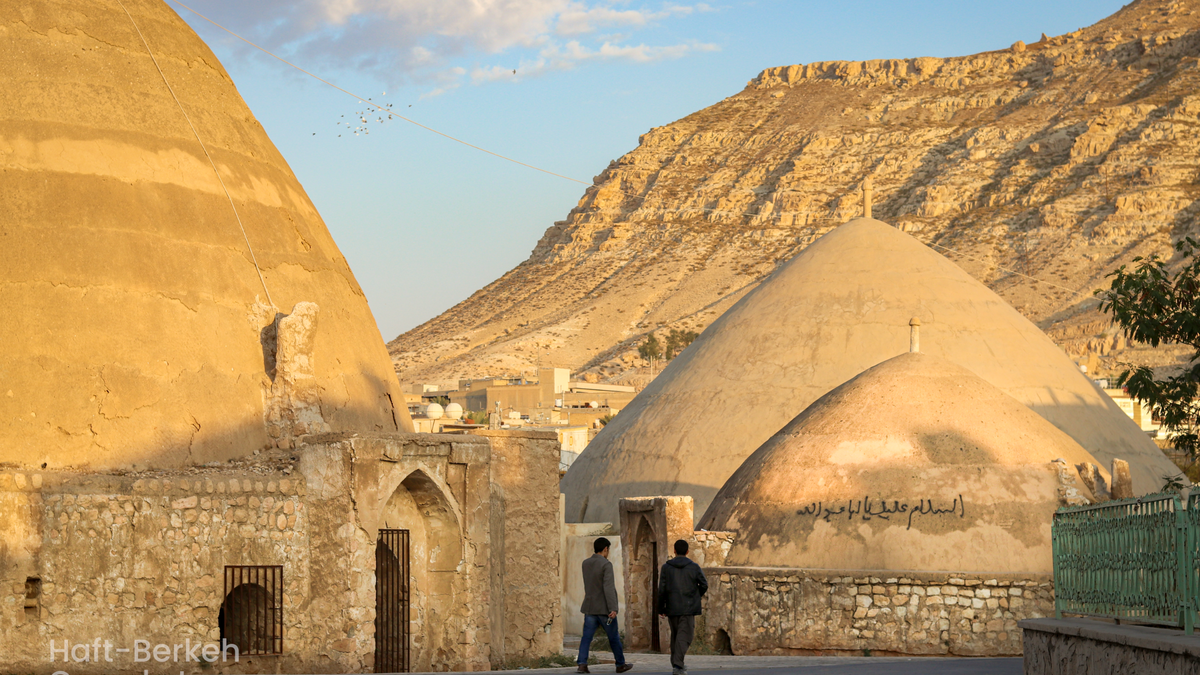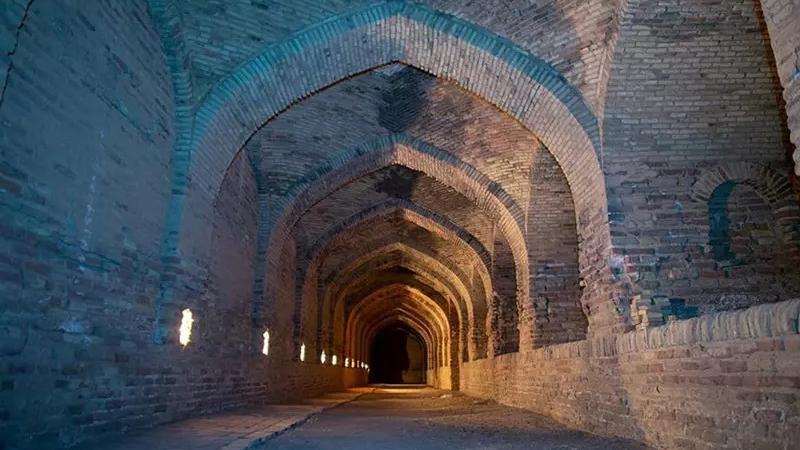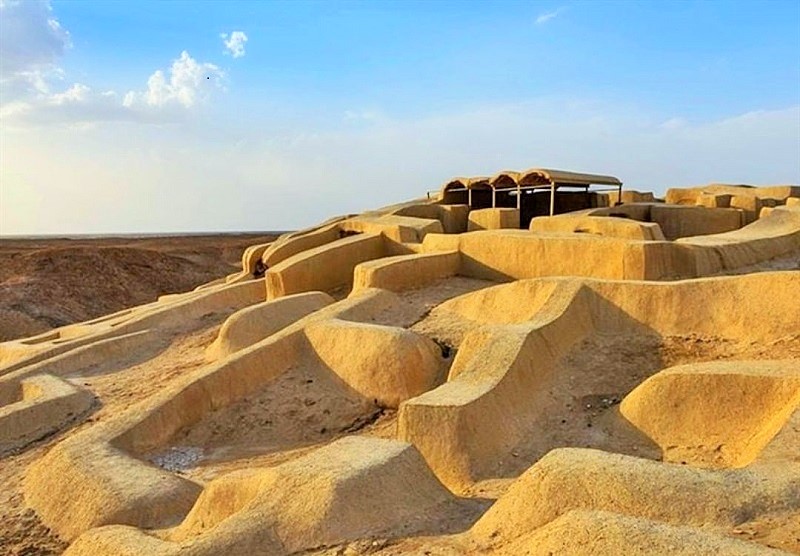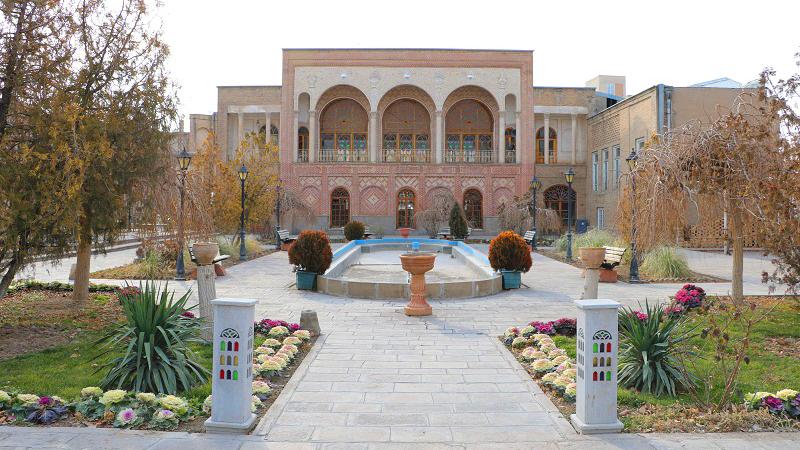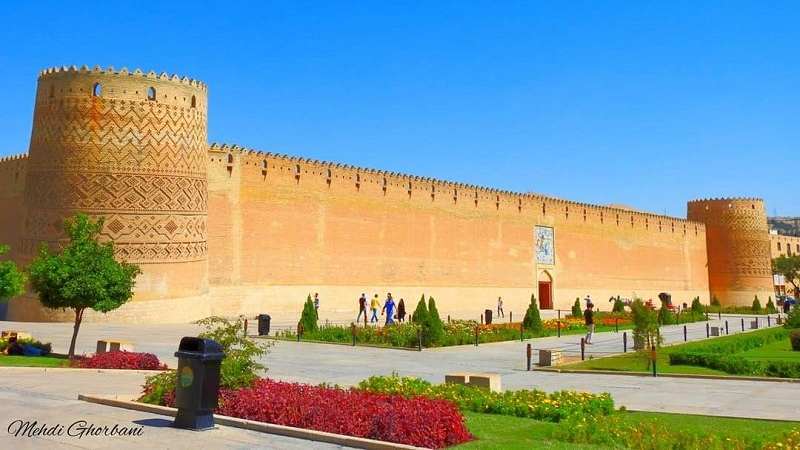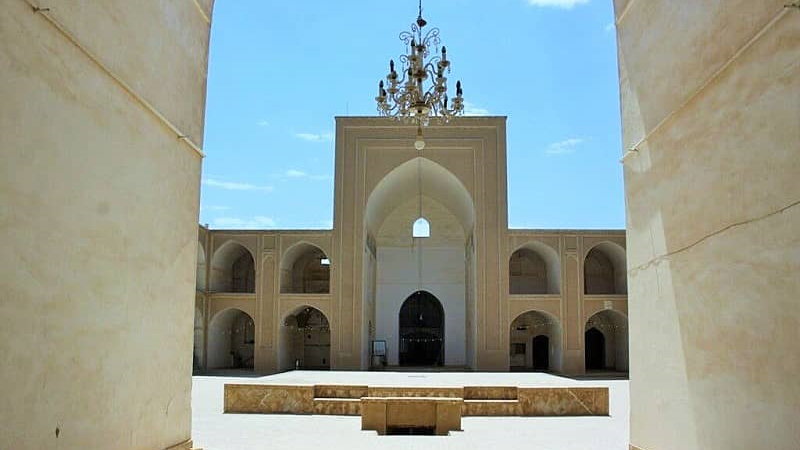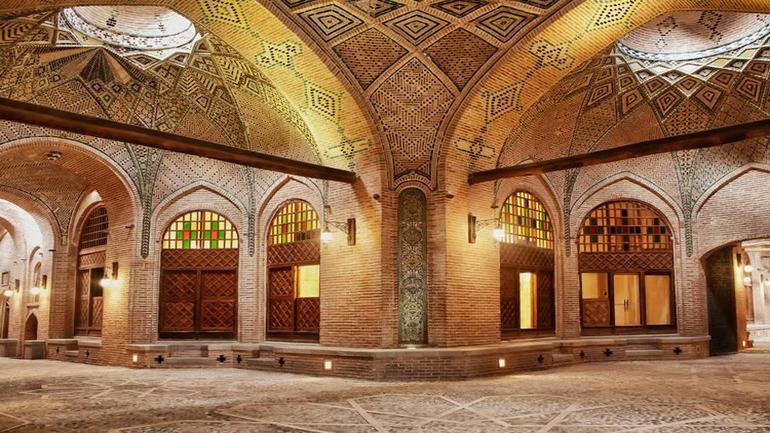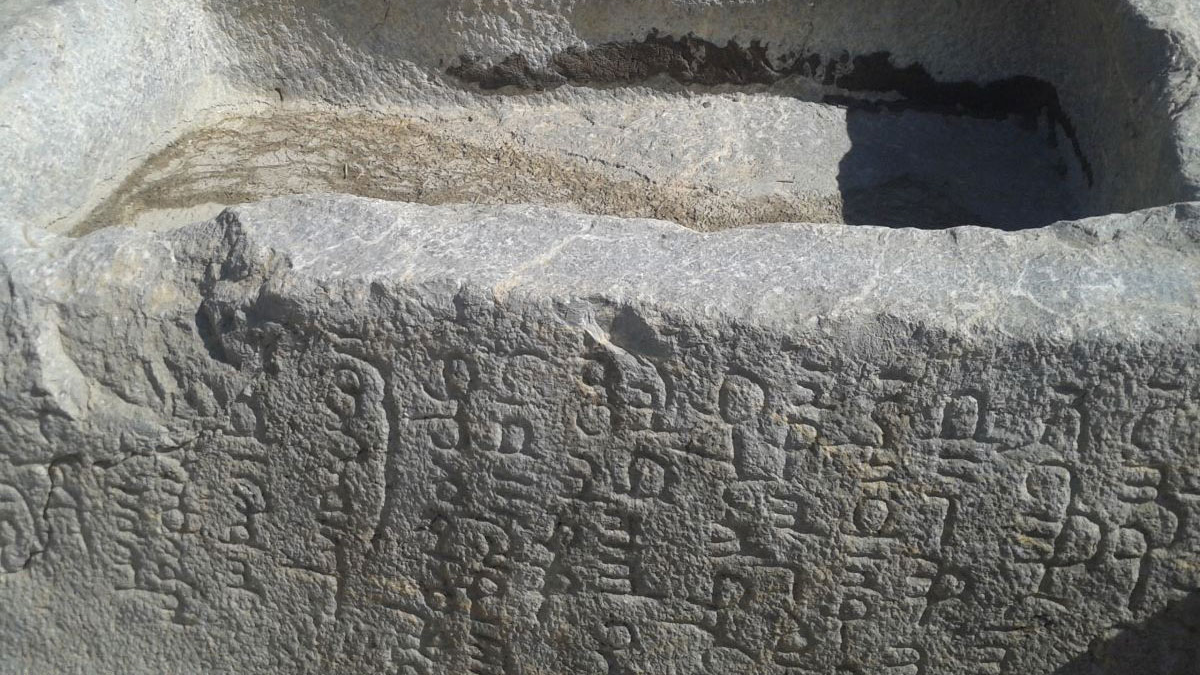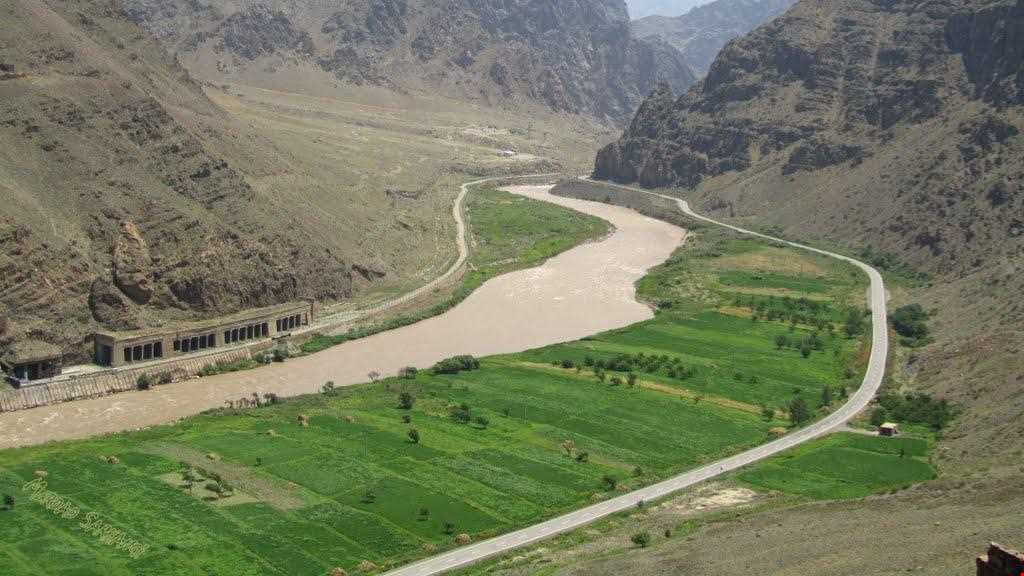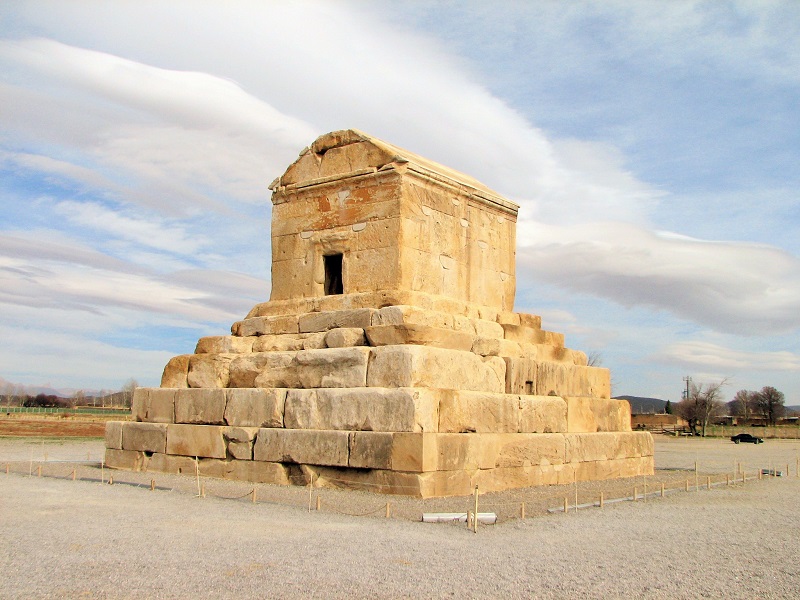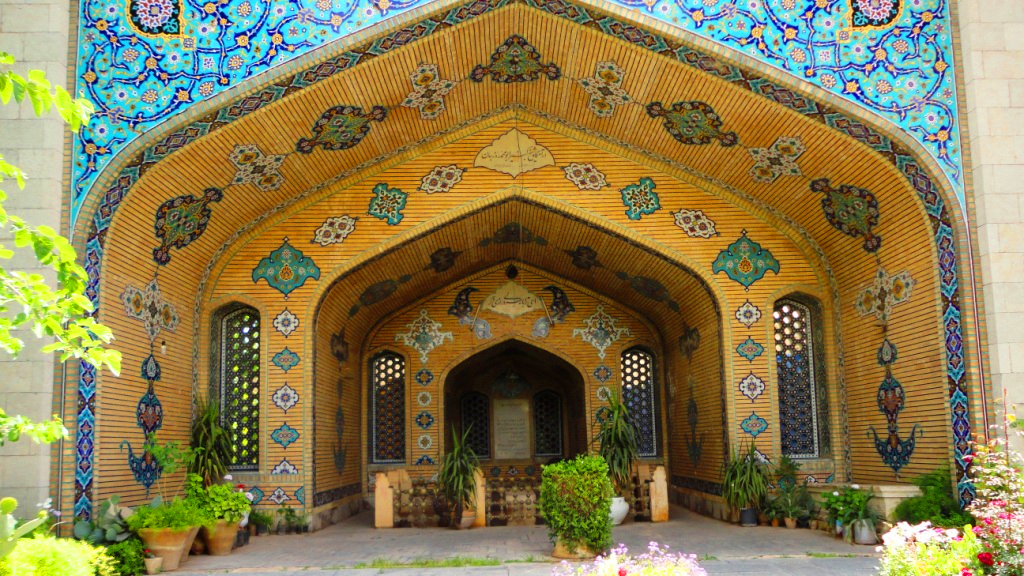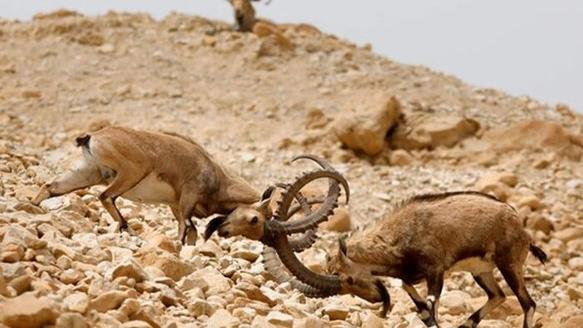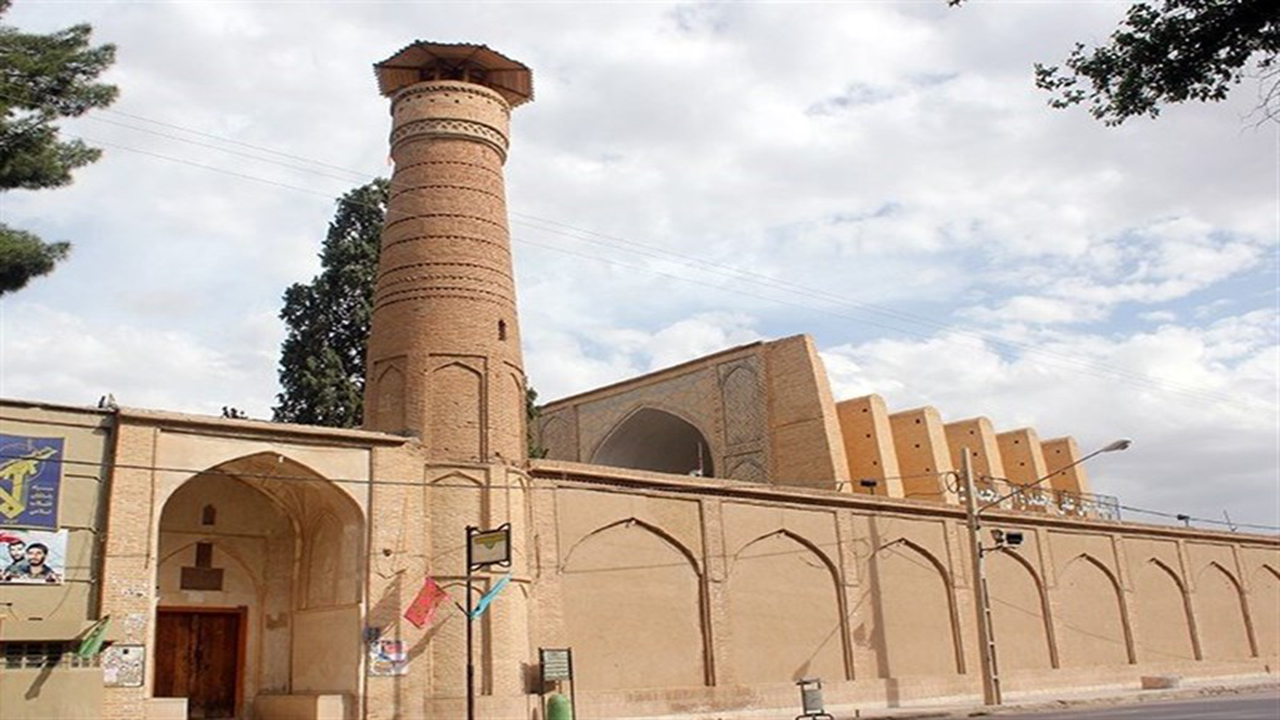Kolakchal: The Beloved Mountain Retreat of Tehran’s Nature Enthusiasts
For people today, entangled in urban life and the noise of modern living, spending time in nature has become a necessity. Immersing oneself in nature reconnects the soul with purity and vitality, cleansing the mind and spirit. Iranians, in particular, have a deep affection for nature and outdoor activities. A simple visit to a weekend picnic spot around any city reveals crowds of people of all ages who have come to enjoy a few hours of peace and relaxation. Among the natural attractions near cities, mountains are some of the most popular destinations for nature enthusiasts. Mountains that do not require advanced equipment or skills to climb — and can be ascended within a couple of hours — usually attract more enthusiasts. In Tehran, several such spots welcome large numbers of nature lovers every week, among them Kolakchal, which is part of the Alborz mountain range.
Kolakchal: Features and Climbing Routes
The Kolakchal Peak rises to an elevation of 3,350 meters above sea level. Next to it lies a secondary summit standing at 3,310 meters. One of the routes to Mount Tochal—known as the Royal Trail or the Tochal Ridgeline—passes through Kolakchal. The main and most popular route to the summit begins from Jamshidieh Park, a trail known for its beautiful scenery and moderate difficulty. Jamshidieh Park is located at an elevation of 1,850 meters and connects to the peak via an 8-kilometer path.
The numerous springs and rest stops along this route make the journey both refreshing and enjoyable. The first rest area on the trail, known as the “Shahid Bahonar Student Camp,” is located just above Jamshidieh Park. From there, the footpath continues toward the Tochal ridgeline, where hikers encounter a fork: One path heads east toward the Kolakchal Peak, while the other turns north, diverging from the ridgeline and leading to the Shirpala Shelter. This shelter, situated at an elevation of 2,750 meters, lies on the main route to the Tochal summit. Another route to reach the summit starts from the Darabad Valley, passing by the Kabootarkhan, Chal-Magas, and Sar-e Haft Hoz waterfalls, and continuing toward the Valley of Life, located above the Spring of Eternity (Ab-e Zendegani). After crossing an area shaded by poplar trees known as Baghcheh Khalil, the trail leads to Darabad Peak, then to the Piyazchal Pass, and finally to the Kolakchal Summit. There is also another route that begins at Golabdareh Valley, much of which overlaps with the Jamshidieh Park trail. Golabdareh is well known for its wild Golâb apples, which grow naturally along the path between Darband and Kolakchal.
Routes to Kolakchal Peak
Another route to reach the summit starts from the Darabad Valley, passing by the Kabootarkhan, Chal-Magas, and Sar-e Haft Hoz waterfalls, and continuing toward the Valley of Life, located above the Spring of Eternity (Ab-e Zendegani). After crossing an area shaded by poplar trees known as Baghcheh Khalil, the trail leads to Darabad Peak, then to the Piyazchal Pass, and finally to the Kolakchal Summit. There is also another route that begins at Golabdareh Valley, much of which overlaps with the Jamshidieh Park trail. Golabdareh is well known for its wild Golâb apples, which grow naturally along the path between Darband and Kolakchal. Located at an altitude of 2,569 meters in the Kolakchal heights, Noor al-Shohada Hill is the burial site of eight unidentified martyrs of the Iran–Iraq War. These martyrs were laid to rest here in 2001 (1380 in the Iranian calendar). Every Friday morning, the memorial becomes a gathering place for hikers and nature enthusiasts. Visitors are offered a simple breakfast as part of the tradition of honoring the martyrs.
The Origin of the Name “Kolakchal”
Although Kolakchal has been interpreted as “the snow-filled hollow” or “the icy pit” due to its harsh winter blizzards, some believe its name comes from the mountain’s position on the border between Tehran and Mazandaran provinces. In this interpretation, Kolak means “border” and Chal means “pit” or “depression,” giving Kolakchal the meaning of “the border hollow.”
A Mythical Tale About Kolakchal
Some believe that Kolakchal was once the home of the White Demon (Div-e Sepid), though this legend has also been attributed to another mountain of the same name near Amol. The White Demon is one of the evil beings in Shahnameh — the Persian epic — whom the legendary hero Rostam ultimately defeats. According to the tale, the White Demon lived in Mazandaran and had imprisoned the King of Iran there.
Attractions Near the Kolakchal Peak
Kolakchal, known for its beautiful scenery and easy hiking route, is a popular destination for tourists and nature enthusiasts alike. However, some visitors also enjoy exploring the attractions located near the summit. Perhaps the most notable of these is Jamshidieh Park, which marks the starting point of the main hiking trail to the peak. This park is one of the largest in Tehran, covering an area of 10 hectares. Its various sections are designed to offer visitors a range of recreational and leisure facilities.

